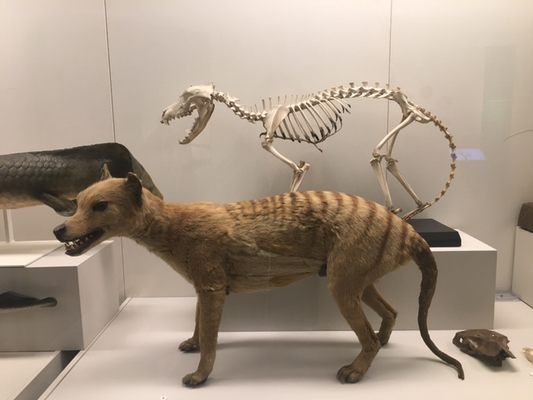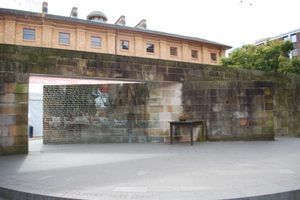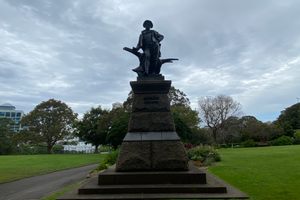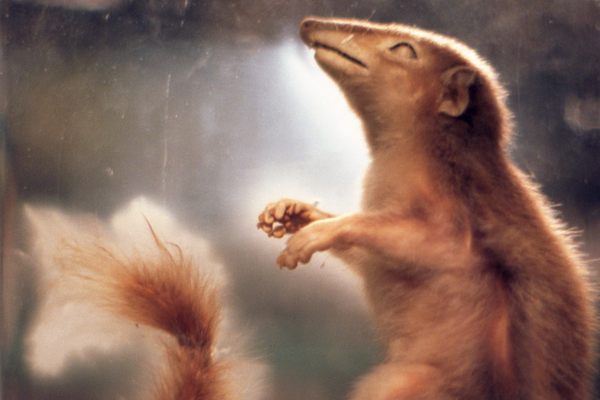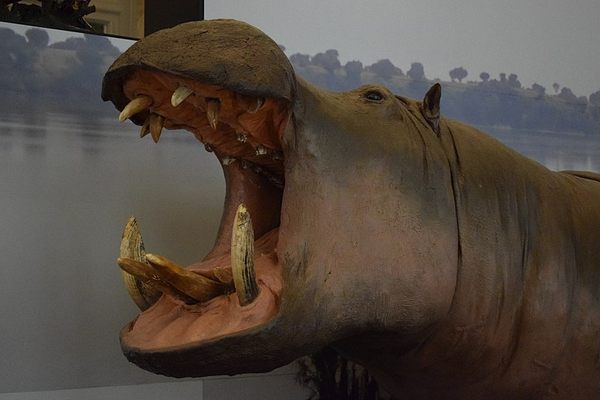About
Towards the back of the biodiversity hall at the Australian Museum is a rare taxidermy specimen of an adult female thylacine (Thylacinus cynocephalus). With her golden fur and iconic rear stripes she stands tall beside a small, damaged pelvis of a dodo bird in an extinction display. This individual specimen was registered by the Australian Museum in 1902, 34 years before the last known individual thylacine died in captivity at the Beaumaris Zoo in Hobart. Upon close inspection, the taxidermist's stitching is visible along the marsupial's stomach and tail. These marks were made over 120 years ago.
Thylacines were once found across mainland Australia and New Guinea, but evidence suggests that its range was restricted to Tasmania around 2,000 years ago. Considered a pest by European settlers, thylacines were falsely believed to kill livestock. From 1888-1909, a government bounty led to their depletion in the wild. As the species became rare, specimens became valued by zoos, museums, and private collectors. According to the International Thylacine Specimen Database, over 750 individuals are in collections spread across 23 countries.
From around 1999-2005, the Australian Museum was involved with a thylacine cloning project and scientists extracted thylacine DNA from preserved specimens in its collection. Although the Museum no longer participates in this project, it is an active area of research in Australia.
Related Tags
Published
June 21, 2023

